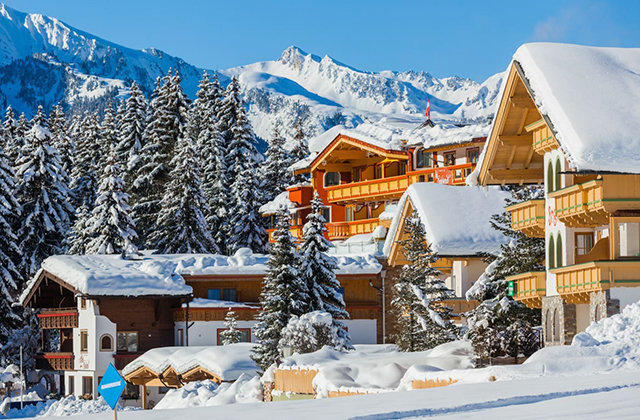If an electrical fault goes unchecked, it can escalate to a more serious situation but don’t worry about you have a 24 hour electrician Brisbane to catch to with you. A home’s electrical system is routinely inspected at the time of purchase, in fact, usually more than once. The seller usually has their home inspected prior to putting it on the market to avoid complications further along in the transaction, namely when the buyer is applying for a mortgage. Likewise, it’s also common for a buyer to hire their own inspector before placing a bid on the property.
These two inspections are in anticipation of a final inspection by the lender prior to granting the buyer a loan. No house can be mortgaged that does not meet state and local building codes. Furthermore, homeowner insurance hinges on compliance with federal, state and local codes, which include standards for electrical wiring. By the time a homeowner moves into a new residence, it has passed several inspections and measured up to safety standards. A new homeowner, having obtained a mortgage and purchased insurance for the dwelling, can rest assured their electrical wiring is ‘up to code,’ even in a 100-year-old home.
Electrical codes aside, the owner of an older home is wise to replace or upgrade an outdated electrical system that was installed more than twenty years ago. Modern technology, on one hand, has greatly increased the energy load on old electrical systems, while at the same time providing new features to enhance safety, improve efficiency and cut energy costs. A professional electrician can test and evaluate the electrical system’s breaker panel, receptacles and switches and make necessary repairs and upgrades to enhance overall performance and prevent major, costly repairs in the future.
A common electrical upgrade involves installing ground fault circuit interrupters (GFCIs) on receptacles and arc fault circuit interrupters (AFCIs) on breakers. In new construction, GFCI receptacles are required by code where electricity and water are in close proximity, as in the bathroom, kitchen, garage, swimming pool area, crawl-space, unfinished basement, or on exterior outlets. The Electrical Safety Council estimates GFCIs have reduced electrocutions in the U.S. by 70 percent. AFCIs, installed near standard circuit breakers, can be retrofitted into existing electrical panels. These interrupters are the single greatest protection against electrical fires in walls. They are highly recommended for fire protection in homes with older wiring. The 2008 National Electric Code (NEC) requires AFCI breakers for circuits leading to bedroom, living room and family room.
Most state electrical codes require 100-amp electrical service but older homes were built when energy requirements were far less and 60 amps were sufficient. Owners of homes built more than 20 years ago should hire an electrician to help evaluate power demands required by contemporary appliances and electronic equipment. The electrician will use a meter to determine if the home’s usage is over 75 percent of the system’s amperage. If not, the present system is adequate; otherwise you might consider upgrading to a higher amp system. The age of an electrical system is not important, only the amount of power needed to service the household is a factor. A 50-year-old, 60 amp electrical system is perfectly fine if energy consumption averages, for example, around 60%.
One indication of a wiring problem is flickering lights for no reason at all. It’s normal for lights to occasionally flicker at the beginning of a heavy energy pull, or during the cycling of a clothing iron, but if this isn’t the reason, consult a licensed electrician. Other warning signs of major electrical problems are outlets or receptacles that have burn marks or are hot to the touch. These issues need to be addressed immediately and should not be ignored.
A wise homeowner recognizes that electrical work is serious business which should not be treated casually by the do-it-yourselfer trying to keep down repair costs. Electricity is dangerous. In the United States, there are hundreds of deaths every year among non-professionals who attempt electrical installation and repair. Electrical and fire safety officials warn that one misconnected wire can be deadly. The average homeowner without electrical training or experience is advised to hire a licensed professional to work on components of an electrical system.
RESOURCES:
National Electrical Code, National Fire Protection Association (NFPA), 1 Batterymarch Park, Quincy, MA 02169 (617) 770-3000.
www.nfpa.org
“Fact Sheet on Home Electrical Fire Prevention,” U.S. Fire Administration (USFA), Federal Emergency Management Association, Emmitsburg, MD 21727 (301) 447-1000.
www.usfa.dhs.gov
Visit Homefacts.com for more tips and advice on Real Estate, Home Improvement, Insurance and more. Educate yourself with our community profile for your city at http://www.homefacts.com
Article Source: https://EzineArticles.com/expert/Jessi_Moyle/349566
Article Source: http://EzineArticles.com/2626384


